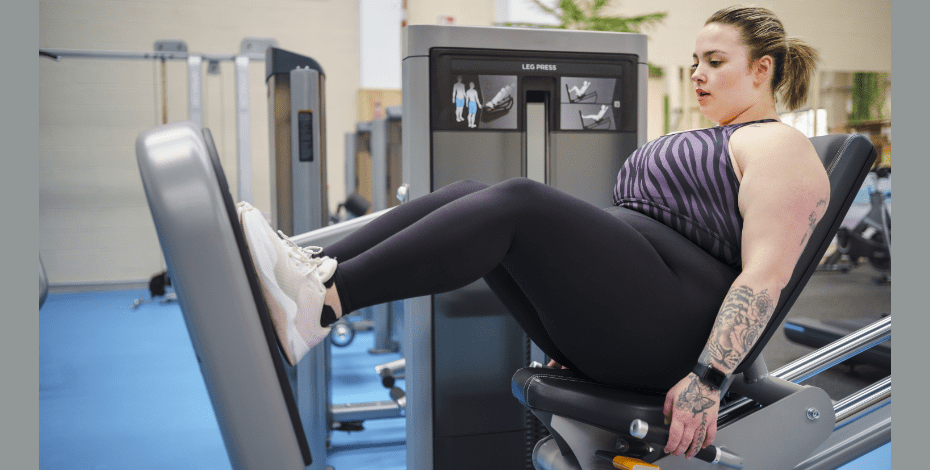
Getting it right

I was fortunate to attend the Primary Health Care Leaders Summit in Canberra just prior to the recent federal election.
The APA was joined there by representatives of all 31 Primary Health Networks, Consumers Health Forum of Australia members, GPs, influencers, providers, allied health representatives and other industry leaders.
The main objective for the Leaders Summit was to affirm key priorities from the 10-year Primary Health Care Plan and develop a plan for action as part of an incoming health minister’s brief.
With a new government and a new health minister, it is important for the health sector to be consistent in its message.
Why are we concerned about primary healthcare in the future and why are we investing so much energy and resources into influencing change in the delivery of healthcare?
Current data shows that if we continue to do things as we have done in the past, then the health workforce will have to increase from our present rate of 11 per cent of Australia’s total workforce to 45 per cent in 2050.
If we don’t improve our productivity or look for efficiencies, we will have to build a 375-acute-bed hospital every month for the next 15 years to keep pace with demand and replace ageing stock.
Of the money spent on chronic disease management, 38 per cent is in the acute public system and 25 per cent in the private hospital sector, which has the highest cost per deliverable.
This is not sustainable or affordable.
It can be prevented and physiotherapy can be a significant part of the solution.
The 10-year Primary Health Care Plan reimagines a healthcare system that is coordinated, interconnected, person-centred and value-driven, with a focus on preventive health and integrated, multidisciplinary healthcare teams.
This future health system aims to:
- improve people’s experience of care
- improve the health of populations
- improve the cost-efficiency of the health system
- improve the work-life balance of healthcare providers.
If you look at the APA’s policy and advocacy pieces over the past few years, we have continued to speak about pursuing these aims and about the role of physiotherapy in enacting the vision of the 10-year Primary Health Care Plan.
The Value of Physiotherapy in Australia report demonstrates different models of care in which physiotherapy leads to better patient outcomes, a cost-efficient and more coordinated system and an improved patient journey.
The APA’s pre-Budget submission and election statement spells out how to improve access, reduce barriers and increase equity by making use of the full scope of practice of physiotherapists across the country.
The APA’s Reconciliation Action Plan outlines a pathway to reducing racism and discrimination and improving Indigenous health and social outcomes.
The APA has an engagement strategy to look for areas of influence and gain support from the entire healthcare system, including consumer groups, health influencers, primary health networks, government administrators, GP peak bodies, allied health peak associations, community forum groups, health providers, funders, ministers, shadow ministers, government departments, crossbenchers and independent parties.
We have a strategy, a plan, the resources, the capacity and the capability for a sustainable health system.
Now we need a government that sees true healthcare reform as an enabler and not a barrier to being popular with Australian voters.
Take care, stay safe.
© Copyright 2024 by Australian Physiotherapy Association. All rights reserved.






